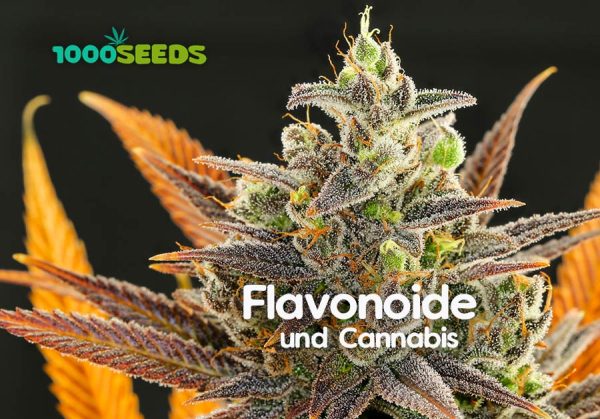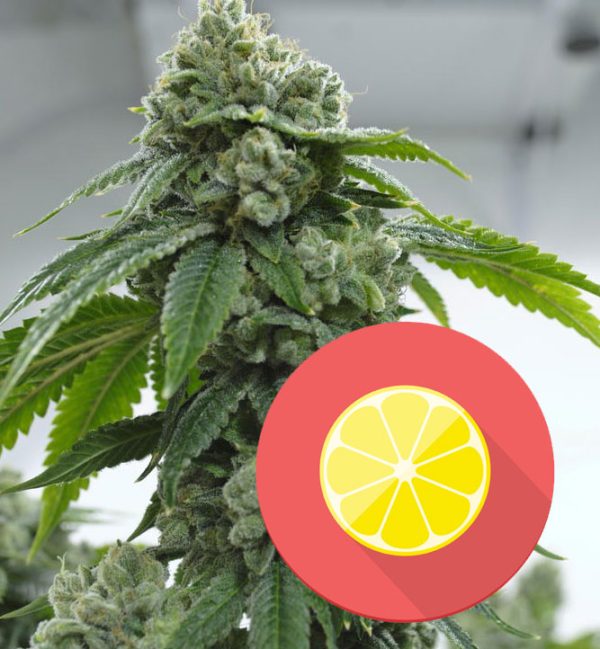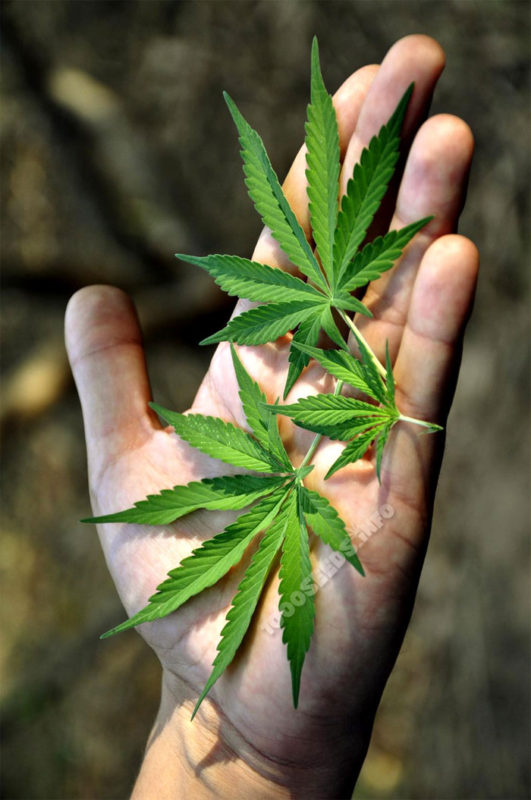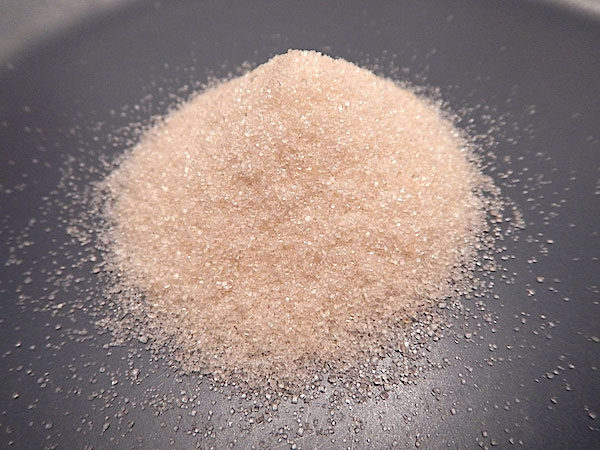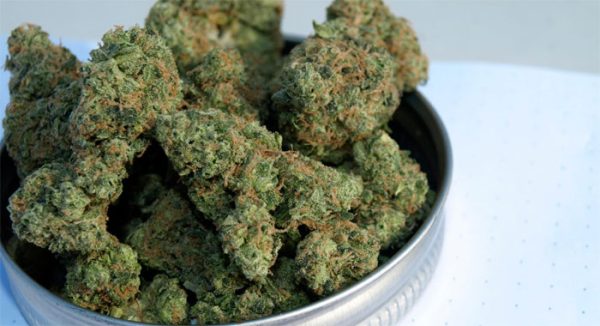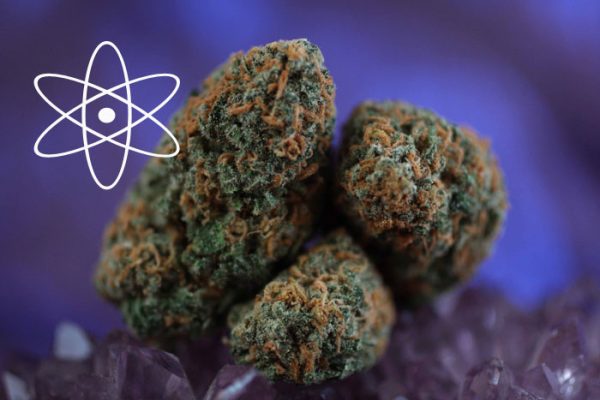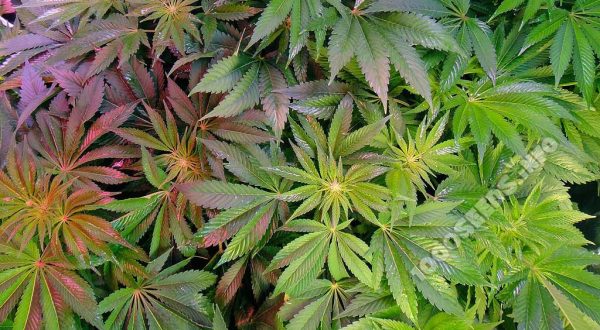The terpenes in cannabis and their effect

The cannabinoids in marijuana have various psychotropic and physical effects and at the same time have medicinal benefits in the treatment of numerous diseases. In addition to cannabinoids, other active components of cannabis are known as terpenes. Terpenes are responsible for the diverse smell and taste aromas in marijuana (partly also flavonoids).
Terpenes are the most important constituent of essential oils. They are found in many plants. These oils are used, for example, as food supplements, fragrances in perfumes, in aromatherapy and within traditional and alternative medicine. From a chemical point of view, terpenes belong to a very diverse and complex family of natural substances. They are formed with the help of the precursor isopentyl pyrophosphate (IPP) and allow different groups of compounds, depending on the number of molecules that are combined.
Terpenes evaporate when they come into contact with air, especially when exposed to sunlight and high temperatures. This is why most plants smell much stronger at the beginning of the day than later in the afternoon. And this is also the reason why the experienced grower cuts off branches in the growroom just before the light comes on or the sun rises. And this is exactly why the buds need to be dried in the dark and at low temperatures. This ensures that the individual molecular concentration of each plant is preserved as well as possible.
People can taste and smell terpenes. This is evident in the delicious aroma of the cannabis plant. But terpenes have additional effects: they can influence mental state and mood and also work in combination with the different cannabinoids. Some terpenes have a mental effect by blocking neuronal receptors and changing the permeability of the cell membranes of neurons. Similar chemical processes occur in connection with serotonin and dopamine, two important substances in the human body that control our feeling, thinking and acting. When the different terpenes in cannabis mix and combine, each of these combinations affects the brain differently. Some complement each other and each combination produces a psychotropic and unique effect.
Types of terpenes in cannabis
The following are the most important terpenes found in hemp:
- Myrcene: This terpene is most abundant in cannabis. Hops also contain a large amount of myrcene. The smell of myrcene is reminiscent of lemons, mint and mangoes. It is also said to have analgesic, anti-inflammatory and antibiotic effects. It is assumed that myrcene has a synergistic effect together with THC. This means that the combination of the two substances produces stronger effects than THC alone would. THC and Mycren thus reinforce each other.
- Limonella: As can already be deduced from the name, particularly large quantities of limonella are found in lemons and citrus fruits. Limonella can also be found in marijuana and numerous other flowers. This is why some cannabis strains are described as lemony. This terpene immediately fills the air. Limonella has a fungicidal, antibacterial and anti-cancer effect; (it inhibits the RAS gene, which promotes tumour growth). Plants use limonella to defend themselves against predators or pests. In humans, Limonella can enter the brain because of its molecular structure and improve thinking ability, attention and concentration.
- Caryophyllene: A terpene that occurs in numerous essential oils, especially in clove oil, for example. Black pepper gets its pungent flavour from caryophyllene. This terpene is partly used to intensify the flavour of tobacco. A study by the Swiss Federal Institute of Technology was able to prove that the terpene can bind to the CB2 cannabinoid receptors and is thus strongly responsible for the anti-inflammatory effect of cannabis.
- Borneol: The smell of borneol is similar to camphor. It is said to have a calming effect and psychotropic effects. All Silver Haze strains owe their distinctive aroma to borneol.
- Pinene: Pinene gives pine trees and tree resin its unique scent. It is also found in rosemary, eucalyptus and sage. In addition, pinene is used as a cough suppressant and as an antiseptic. Quite astonishing is the fact that, according to research, it probably destroys a chemical compound which in turn inhibits the coupling of neurons. This improves the function of memory. This terpene is especially present in Skunk varieties and is responsible for the unmistakable intense smell. It is also responsible for the fast effect of the skunk varieties and has expectorant properties.
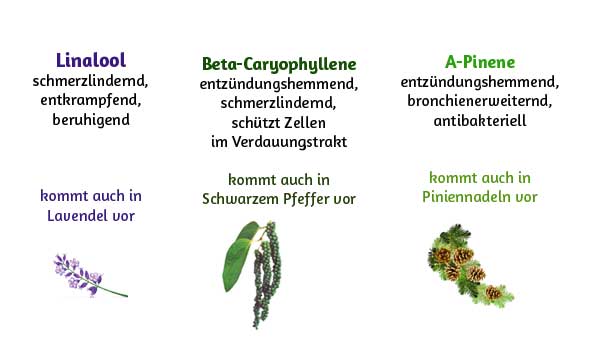
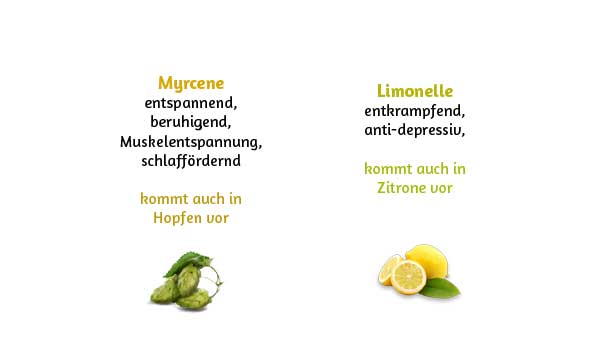
Terpenes are a complex scientific subject in their own right and therefore deserve more extensive research, especially from a medical point of view. Only a few of the already known terpenes have been mentioned here, there are countless more, many and their mode of action is not yet known. In the future, there will certainly be cannabis strains that contain more of these terpenes (terpene combinations) and are even more specific to individual diseases, when more is known about the terpenes and their interaction.
<<mehr zum Thema Cannabis als Medizin>>






